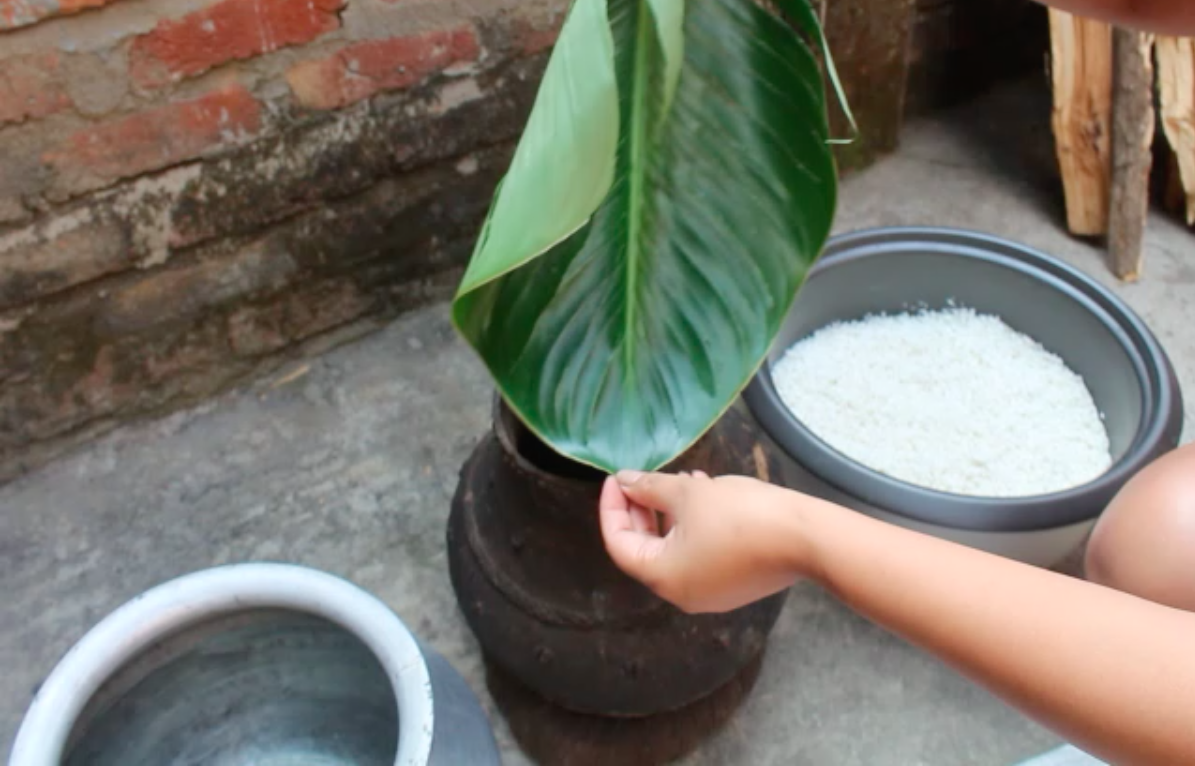Recipe | Learn How to Make The Famous Axone (Fermented Soyabean) From Nagaland
[First published on 25th May, 2019] Axone (pronounced ‘Aakhuni’) is a fermented soybean paste with a very strong pungent smell, and it is one of the most popular spices from Nagaland, in the North East of India. It is indigenous to the ‘Sumi’ Naga tribe but is widely used across all Naga dishes. While locals in Nagaland usually buy it from the market, it is also made at home. Axone made by the Sumi tribe is most favored, obviously. Today, we have Inali Jane Ayemi, a passionate cook from Nagaland, to guide us through the entire process of making Axone at home. All we need are soybeans, a pressure cooker, and leaves to wrap them for fermentation. The complete process takes about a week. Let’s get started! Preparing Axone (aakhuni) at home: Wash the soya beans and soak them for about 20-30 mins Cook it in a pressure cooker, then strain it dry Then pound the soyabean to make it into a paste (as shown in the photo) Wrap portions of the pounded soyabean paste …




